
Too many people are being screened, diagnosed, and treated for certain types of cancer, according to two cancer researchers.

Your AI-Trained Oncology Knowledge Connection!



Too many people are being screened, diagnosed, and treated for certain types of cancer, according to two cancer researchers.

Adding cixutumumab to ADT did not significantly increase the undetectable PSA rate in men with newly diagnosed metastatic hormone-sensitive prostate cancer.

Men with high midlife cardiorespiratory fitness have a lower incidence of lung and colorectal cancer; however, this association was not seen for prostate cancer.
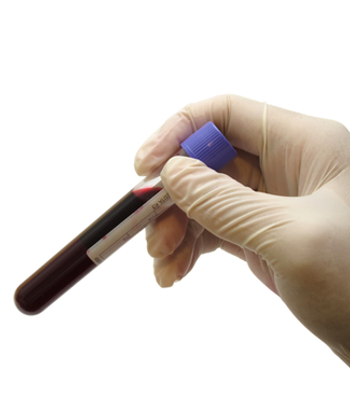
A combination of biomarkers has shown promise as a surrogate for survival in clinical trials of metastatic castration-resistant prostate cancer.

A new study suggests that men with a history of cardiovascular disease prior to starting ADT are at risk for such events during the first 6 months of treatment.

At this year’s ASCO GU Cancers Symposium, several high-impact and potentially practice-changing abstracts were presented during the prostate cancer session.

Women with a first-degree relative diagnosed with prostate cancer may be at increased risk for developing breast cancer, according to a new study.
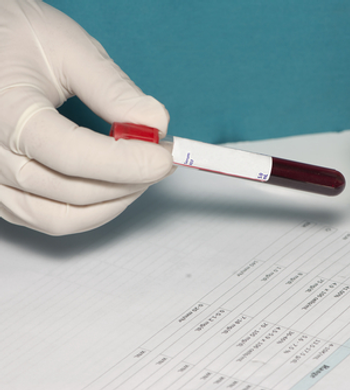
A reduction in testosterone levels in the first year of ADT correlates with improved survival in prostate cancer patients being treated for biochemical failure.

As part of our coverage of the ASCO GU Cancers Symposium, we discuss decision-making in the management of patients with early-stage prostate cancer.
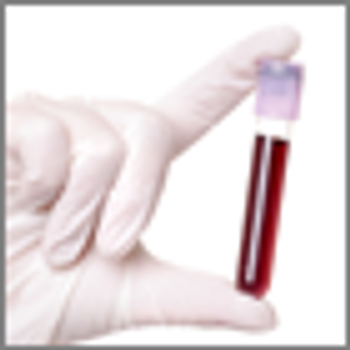
The 4Kscore blood test has been shown to accurately detect the presence of high-grade prostate cancer, according to a study presented at ASCO GU.

Two clinical factors may predict PSA response to cabazitaxel in men with metastatic castration-resistant prostate cancer.

Intermediate-risk prostate cancer patients managed with surveillance had worse outcomes compared with low-risk prostate cancer patients managed with surveillance.

High-dose radiation therapy did not improve overall survival compared with the standard dose in stage II localized prostate cancer, but did show some benefits.
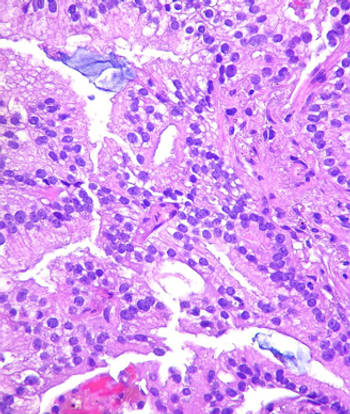
A large retrospective analysis suggests the number of patients diagnosed with intermediate- and high-risk prostate cancer has increased since 2011.
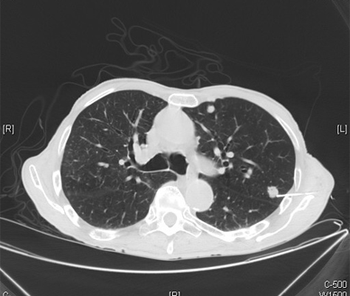
Levels of AR-V7 in metastatic castration-resistant prostate cancer patients could guide physicians to treat with either taxanes or enzalutamide/abiraterone.

Patients with a history of testicular cancer had a fivefold higher risk of developing aggressive prostate cancer when compared with those with no history of testicular cancer.

An 8-year analysis confirmed that adding radiotherapy to androgen deprivation therapy in prostate cancer improved patient overall survival by more than a year.

This article summarizes the existing literature on use of radiotherapy for node-positive prostate cancer, as well as the associated outcomes.

We are in urgent need of a randomized trial comparing radiation plus ADT vs ADT alone for men with node-positive prostate cancer.

Despite the lack of level 1 evidence, retrospective studies support the need for appropriate local treatment, even in the context of node-positive disease.

A targeted magnetic resonance/ultrasound fusion–guided biopsy technique produced better results than a standard biopsy for detecting high-risk prostate cancer.

Prostate cancer patients who smoke may be more susceptible to complications from treatment, and have increased risk of side effects and disease recurrence.

Group exercise programs can improve the physical and mental well-being of prostate cancer patients, as well as providing emotional and social support.

As a variety of new hormonal agents are increasing survival times for men with metastatic disease, it is becoming increasingly important to consider cardiovascular, renal, and other potentially more serious risks associated with long-term ADT, especially in an aging population.

The problem with large sets of data is the risk of the �“GIGO” principle-viz. garbage in, garbage out-and it requires a very careful and thoughtful investigator to rule out the many errors of large-scale data capture.